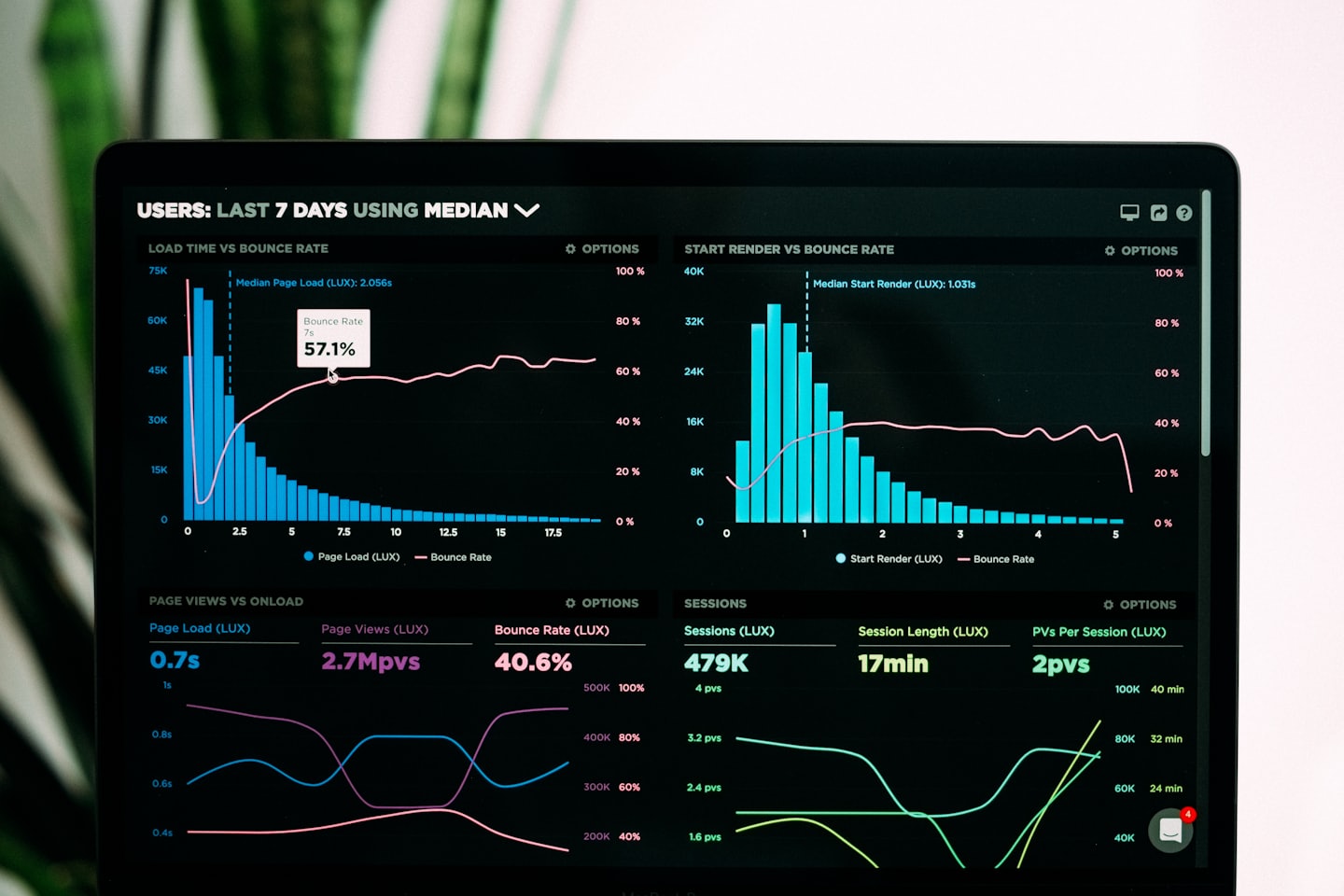
GEO for Business
Why GEO Matters for B2B Growth.
Generative Engine Optimization (GEO) helps companies show up in AI-generated responses, influencing buyer decisions earlier in the sales funnel. It impacts key business metrics like brand visibility, deal velocity, and buyer trust—often in ways traditional SEO and paid search can’t.
Enterprises can use GEO to shape how their brand is described in category prompts, competitor comparisons, and vendor shortlists.
Success requires cross-functional alignment, smart use of existing content, and ongoing monitoring of how LLMs reference your business. While GEO doesn’t always produce direct traffic, it offers long-term ROI through brand influence, reduced acquisition costs, and a stronger presence in AI-driven discovery.
What business metrics can we realistically expect to improve by investing in GEO?
With GEO, you’re likely to see lifts in brand visibility, early-stage engagement, and even pipeline velocity. While it doesn’t always show up in your traditional analytics, GEO can increase how often your brand is mentioned in AI tools and shortlisted in decision-making. Over time, this drives better-qualified leads and increased brand trust. Think of it as strengthening the invisible front end of your funnel.
How does GEO impact the middle and bottom of the B2B sales funnel?
GEO doesn’t just help with awareness—it supports buyer confidence deeper into the funnel. When prospects ask AI tools for vendor comparisons, features, or pricing guidance, your brand can be positioned as the expert. That kind of reinforcement helps close deals faster. It’s like having a knowledgeable rep on call 24/7.
What are the risks of brand misrepresentation in generative engines, and how do we manage them?
LLMs can get things wrong—confusing facts, missing context, or even mixing you up with competitors. This is especially risky if your messaging is inconsistent or outdated across platforms. The best defense is a strong, structured content presence that clearly defines who you are and what you do. Regularly checking how you’re being described helps you spot and fix issues before they spread.
How can we align our content, PR, and sales enablement efforts with GEO goals?
Start by building a shared content strategy that prioritizes clarity and consistent messaging across all channels. When your PR mentions, product pages, and sales decks reinforce the same key narratives, AI models are more likely to pick them up accurately. Treat your website and earned media like a teaching tool for AI. That way, you’re training the model without even realizing it.
Should GEO be managed in-house, outsourced to an agency, or split between teams?
There’s no one-size-fits-all, but most enterprise teams benefit from a hybrid model. Keep strategic ownership in-house—especially content and messaging—while leaning on specialized agencies or consultants (like OnMarketing.ai) for auditing and LLM behavior tracking. This ensures institutional knowledge and speed while still tapping into deep technical expertise. Just make sure everyone’s aligned on goals.
How can enterprise companies use GEO to shape category definitions or shift industry narratives?
If you consistently publish content that frames the problem—and your solution—on your terms, AI models will start to echo that framing. This gives you a powerful opportunity to lead the conversation in emerging categories or redefine existing ones. It’s a subtle but game-changing way to create market gravity. In a sense, GEO lets you “brand the prompt” before the question is even asked.
What are the best ways to monitor how our business is being referenced by LLMs over time?
Start by testing key prompts manually in tools like ChatGPT, Gemini, or Perplexity—screenshots are your friend here. Some emerging platforms offer GEO-specific monitoring tools to automate this. Also keep an eye on how your competitors are being mentioned; it gives you a sense of where you stand. It’s not perfect yet, but proactive checking goes a long way.
What role does executive thought leadership play in improving generative visibility for our brand?
Executives help establish trust signals for your company across channels. When their names, quotes, or perspectives appear in high-authority publications or content, AI tools take notice. It’s not just personal branding—it strengthens your entity’s authority overall. Basically, your CEO’s LinkedIn post might be training the next version of ChatGPT.
How do procurement teams and buying committees use generative tools differently than individual decision-makers?
Committees often use AI to validate assumptions, compare vendors, or quickly synthesize complex technical data. They’re not just asking “who’s best”—they’re asking “what’s the tradeoff between A and B?” GEO helps ensure your messaging is clear and present across those nuanced prompts. It supports consensus, not just discovery.
Can GEO help reduce reliance on paid search and lower our cost per acquisition?
Yes—over time, appearing organically in generative responses can reduce your dependence on paid visibility. Instead of paying to be seen, you’re being referenced because your content is genuinely helpful. This builds trust and saves budget. It’s a long-term play, but the ROI compounds.
What kinds of first-party data or internal content assets can be repurposed for GEO impact?
Think sales FAQs, onboarding documentation, support tickets, or internal product explainers. These often contain gold-standard language that’s perfect for training LLMs to understand your brand and offerings. Package them as blog posts, knowledge base articles, or glossary entries. The content’s already there—you just need to format it for clarity.
How do we evaluate ROI from GEO when there are no direct traffic or referral paths?
GEO ROI isn’t always about clicks—it’s about influence. Track improvements in brand recall, shortened sales cycles, or increased inclusion in RFPs and shortlist discussions. You can also log when your brand shows up in AI prompts and tie it to deal velocity. It’s more qualitative than traditional SEO, but no less impactful.
Begin Your Journey to Marketing Excellence Now
B2B companies need to prioritize GEO to ensure their expertise, products, and solutions are prominently surfaced by AI assistants and generative search tools used by modern decision-makers.
